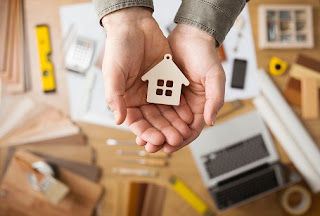Changes in Building Codes Can Create Insurance Problems
Because of the improvements in building safety (sprinklers and construction materials, earthquake bracing), Building Codes are always changing. ), Changes in regulations that address social issues (wheelchair accessibility, counter heights etc. ), aesthetic, energy efficiency or zoning reasons. Even if your building was built in the past few years, it is likely that you will not be able to reconstruct it exactly as it was originally.
You may respond to this by saying "So?" "So, my building is fine. I will take care of the code changes if this happens." Most code changes are only applicable to new construction. Existing buildings are grandfathered until they're remodeled or rebuilt. In some areas, mandatory upgrades are only possible if remodeling exceeds a certain threshold. You should always check with the building department before you start any minor remodeling. Otherwise, you might be surprised when they ask you to make changes that you didn't budget for such as bathroom upgrades. While there are some exceptions to the rule regarding critical safety issues like earthquake bracing and emergency lighting, most out-of-code buildings can be used as they are.
Click Here Even if there are no plans to renovate or move, there could be an issue that needs to be addressed. A majority of building codes require that a building be upgraded if it is damaged beyond a specific percentage. The building must be upgraded if it is damaged by more than 50% (which is the most common). This may not be necessary if the upgrades are minor. But what if there are serious issues that require major changes that cannot be made through the demolition and rebuilding of the building? Perhaps the occupancy has been banned and the building cannot be rebuilt.
These issues may have been overlooked and you might not have considered the implications for your insurance program. The problem is that standard insurance policies will not cover the costs of fixing the damage. The insurance company will only pay $200,000 to restore the building to its original condition, even though it would have cost $700,000.



Comments
Post a Comment